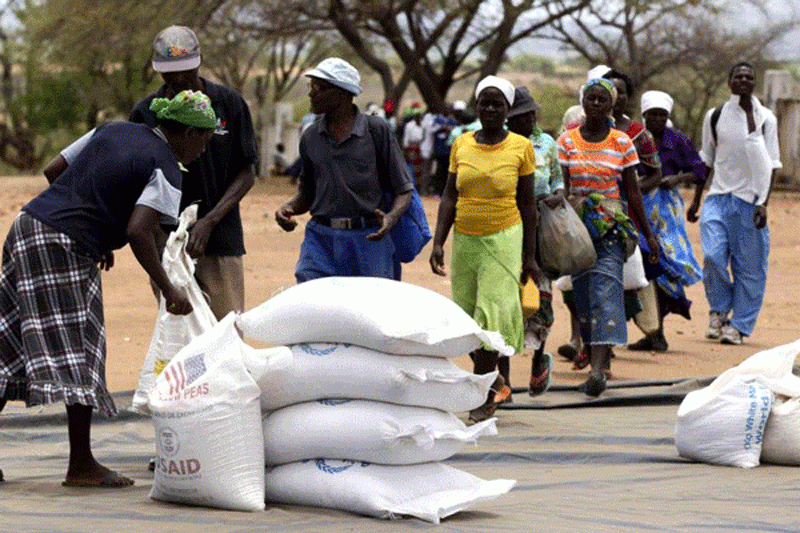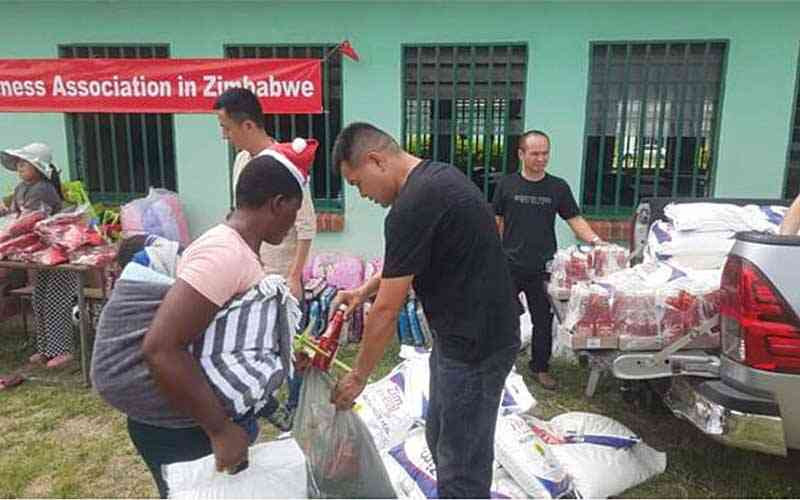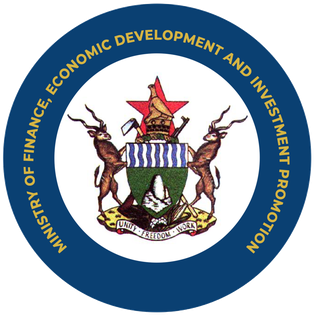
THE announcement by Public Service, Labour and Social Welfare deputy minister Mercy Dinha detailing a series of measures aimed at curtailing corruption and ensuring aid reaches its intended recipients, sheds light on the complex web of challenges facing the country's food distribution system.
While these efforts are commendable, they also serve as a stark reminder of the deep-rooted issues that continue to plague Zimbabwe's food security landscape.
The establishment of drought relief committees at national and sub-national levels, coupled with the adoption of the food deficit mitigation strategy manual, represents a step towards more structured and accountable food distribution.
However, the very need for such extensive oversight mechanisms underscores the severity of the problem at hand.
The fact that government has to implement multiple layers of control to prevent the misappropriation of food aid is a troubling indication of the extent to which corruption has permeated the system.
It raises questions about the efficacy of previous measures and the overall integrity of the food distribution network.
Particularly concerning is the involvement of traditional leaders in the distribution process. While Dinha emphasised their role, stating, "Traditional leaders, that is chiefs, headmen and village heads are key in all the processes of food distribution," this approach is not without pitfalls.
On one hand, leveraging on existing community structures can facilitate more efficient distribution and provide valuable local insight. On the other, it risks reinforcing power dynamics that may not always align with the goal of equitable aid distribution.
- Informal sector formalisation on cards: Govt
- No money for food aid distribution:Govt
- Govt admits delays in Beam disbursements
- Zimbabwe ratifies African Disability protocol
Keep Reading
There is a danger that this system could be exploited to favour certain groups or individuals, potentially exacerbating existing inequalities within communities.
The implication of food distribution personnel in the theft of aid meant for vulnerable populations is perhaps the most alarming aspect of the current situation. This breach of trust not only deprives those in desperate need of essential resources but also erodes public confidence in the entire aid system.
Government's response to these allegations will be crucial in determining the success of future distribution efforts. Implementing more rigorous vetting processes for personnel involved in food distribution, coupled with severe penalties for those found guilty of misappropriation, could serve as deterrents.
However, these measures must be balanced against the need to maintain an efficient and responsive distribution system.
While government's emphasis on community involvement and whistleblowing is a positive step, it requires careful implementation to be effective.
Dinha's statement that "Anyone can be a whistleblower where anomalies are observed and the law will take its course" sounds promising, but without robust protection mechanisms for those who come forward, it may remain an empty gesture.
The fear of reprisal could silence potential whistleblowers, allowing corrupt practices to continue unchecked.
Establishing a confidential reporting system, coupled with legal protections for whistleblowers, could encourage more people to report irregularities without fear of consequences.
The adoption of technological solutions, such as a comprehensive digital tracking system for food aid, could significantly enhance transparency and accountability.
Implementing a system where each food parcel is assigned a unique QR code, tracked from its point of origin to the final recipient, would create a clear chain of custody. This would not only deter theft and misappropriation but also provide valuable data on the efficiency of the distribution process.
However, the successful implementation of such a system requires significant investment in infrastructure and training, as well as measures to ensure it doesn't become a barrier to aid for those in remote or technologically under-served areas.
Beyond addressing the immediate challenges of food distribution, Zimbabwe must confront the broader issue of long-term food security, particularly in light of the ongoing El Niño effect and the looming spectre of climate change.
This requires a multifaceted approach that goes beyond simply reacting to crises as they arise. Investing in climate-smart agriculture should be a priority, with a focus on drought-resistant crops and efficient irrigation systems.
This could help to mitigate the impact of erratic weather patterns and reduce the country's vulnerability to climate-induced food shortages. Diversifying food sources is another crucial step towards enhancing food security.
Encouraging the cultivation of a wider variety of crops can reduce dependence on a single food source, making the country's food supply more resilient to environmental and economic shocks.
This approach should be coupled with efforts to preserve traditional crop varieties that may be better suited to local conditions and more resistant to pests and diseases.
The establishment of community-based food banks could provide a vital buffer during lean periods and reduce reliance on centralised distribution systems. These local reserves could be managed by community committees, with oversight from both government and non-governmental organisations to ensure fairness and transparency.
Such a system will not only improve food security but also empower local communities to take a more active role in managing their resources. Education and training programmes focused on sustainable farming practices and climate adaptation techniques are essential for long-term food security.
Through equipping farmers with the knowledge and skills to adapt to changing environmental conditions, Zimbabwe can build a more resilient agricultural sector.
This should include traditional agricultural knowledge and modern scientific approaches, creating a synthesis that respects local traditions while embracing innovation.
The role of international partners in supporting Zimbabwe's food security efforts cannot be overstated. However, this support must be carefully managed to avoid creating dependency or undermining local agricultural markets. Collaborations should focus on building capacity within Zimbabwe's agricultural sector, improving infrastructure and supporting research into climate-resilient farming methods.
All in all, while the Zimbabwean government's recent efforts to improve food distribution transparency are a step in the right direction, they also highlight the depth and complexity of the challenges faced.
Addressing food insecurity in Zimbabwe requires a holistic approach that tackles not only the immediate issues of corruption and mismanagement of aid distribution but also the underlying causes of food insecurity.
The path forward will not be easy, requiring sustained commitment from the government, active participation from communities, support from international partners and innovative solutions that bridge traditional practices with modern technologies.
Only through such a comprehensive and sustained effort can Zimbabwe hope to ensure that no citizen goes hungry, regardless of climate conditions and systemic challenges.
- Lawrence Makamanzi is a researcher and writes here in his personal capacity. He is reachable at his email address [email protected] or 0784318605.










